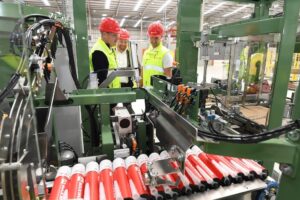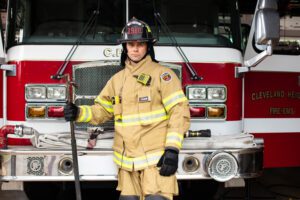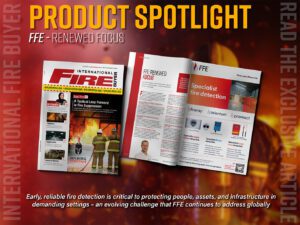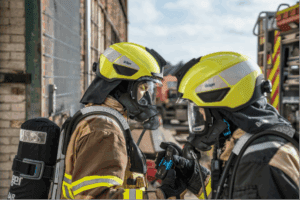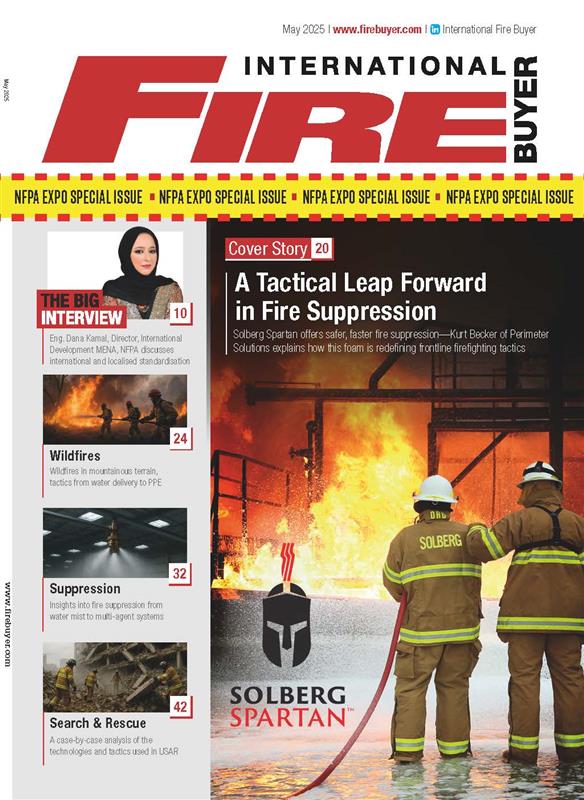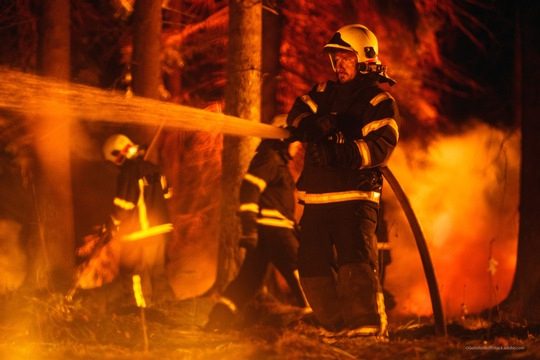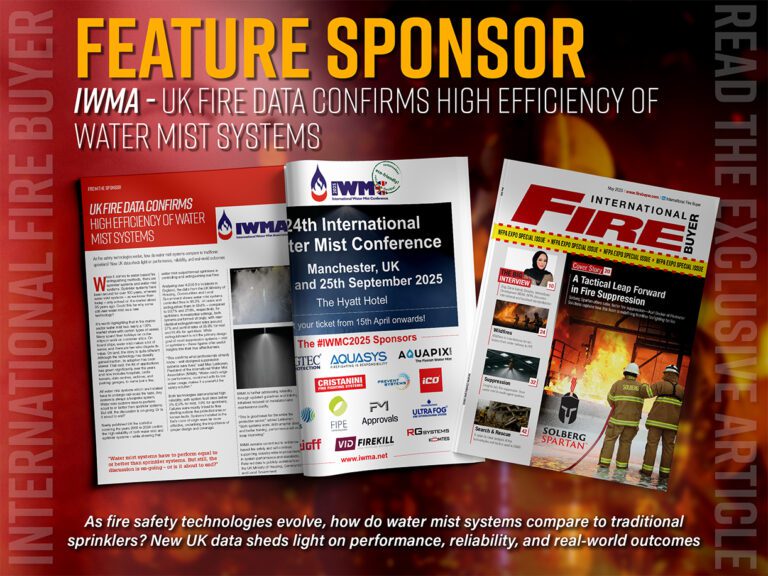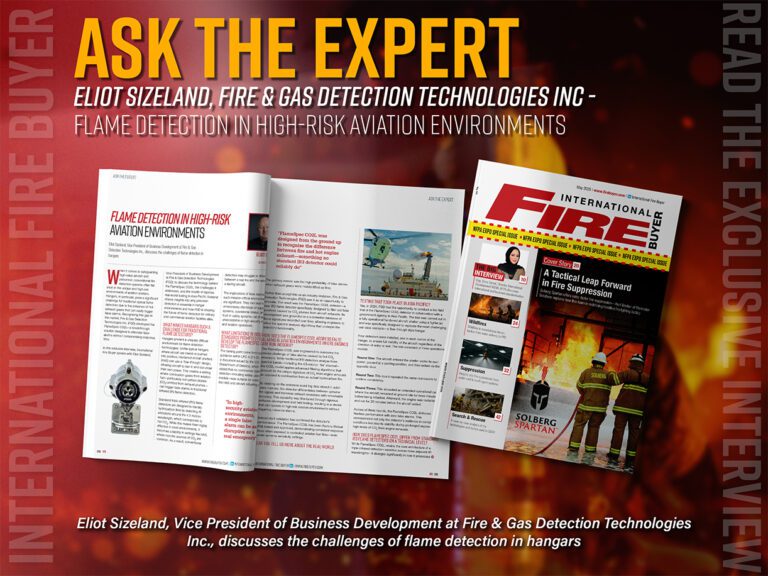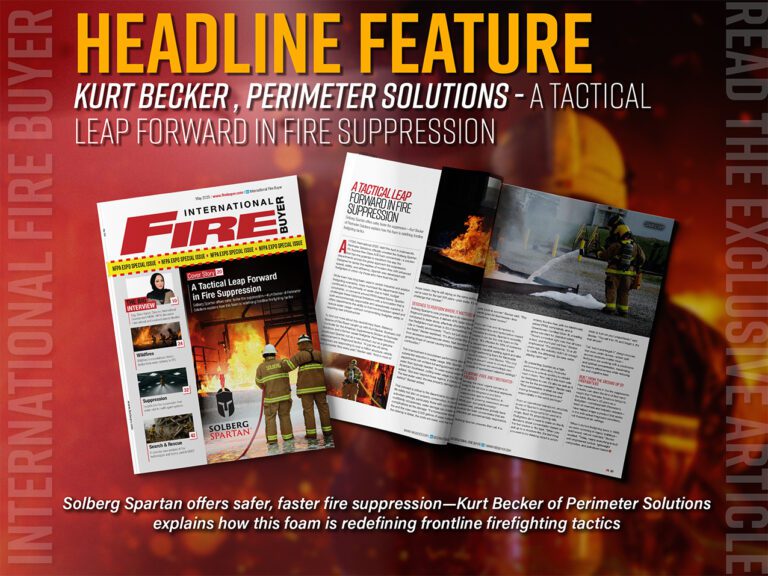As the regulatory landscape continues to evolve for duty holders, Karen Trigg of Allegion UK reviews the importance of competence and coordination in relation to fire door safety.
When fire safety fails, lives are put at risk. In all buildings, reasonable steps must be made to reduce the likelihood and impact of fire, yet, many people remain unsure and indecisive towards fire safety practice and the roles and responsibilities associated with fire door safety.
In view of this, in October 2023, new fire safety legislation was introduced to non-domestic properties in England and Wales. Section 156 of the Building Safety Act 2022 (BSA) has made a number of amendments to the Regulatory Reform (Fire Safety) Order 2005 (FSO), with the latest improvements forming a new framework designed to improve fire safety in all regulated buildings, including workplaces, educational, healthcare and leisure premises and the shared areas of Houses in Multiple Occupation (HMOs).
In short, Phase 3 of the fire safety reform programme further strengthens fire safety in all FSO regulated premises by:
- improving cooperation and coordination between Responsible Persons (RPs)
- increasing requirements in relation to the recording and sharing of fire safety information thus creating a continual record throughout a building’s lifespan
- making it easier for enforcement authorities to take action against non-compliance
- ensuring residents have access to comprehensive information about fire safety in their building
The latest updates are comprehensive and aim to eliminate any ambiguity associated with fire safety compliance. And so, with greater emphasis being placed on accountability and all round coordination, how should responsible persons approach fire doors and their hardware?
Competence and coordination
Fire doors are a key element of a building’s passive fire protection system and an area that elected RPs must possess a robust knowledge of, if they are to comply with the latest regulations. Equally, to keep buildings and occupants safe, responsible persons are required to perform various duties under the Regulatory Reform (Fire Safety) Order 2005, which include:
- Undertaking regular fire risk assessments
- Implementing appropriate fire safety measures
- Creating and maintaining a fire safety plan
- Providing relevant fire safety information
- Regular testing and maintenance of fire safety equipment and systems
- Coordination with relevant authorities and other responsible persons
- Provision of information to a new responsible person when departing the role
Functional fire doors and clear exit routes are critical in ensuring appropriate precautions and preventative measures are in place. Adding to this, responsible persons are required to review the condition of their fire doors when conducting, recording and keeping written records of fire risk assessments, which consist of:
- Identifying fire hazards
- Identifying people at risk
- Evaluating, removing or reducing the risks
- Recording findings, preparing an emergency plan and providing training
- Reviewing and updating the fire risk assessment regularly
Fire doors are often the first line of defence against fire. When closed, they compartmentalise and delay the spread of fire and smoke whilst protecting property and providing occupants with an opportunity to escape. In contrast, duty holders must recognise that a building’s fire doors will not perform as intended unless essential hardware has been correctly specified, installed and maintained.
Reducing the gaps
Incorrect hardware specification is a common problem associated with fire door safety. When selecting fire door hardware, it’s important that any chosen door application meets the required fire ratings, performance ratings and latest legislative requirements. For example, all doors located on an escape route must have suitable exit hardware installed, which is determined by a number of factors including building size and whether it is public facing or not. In addition, it is also a legal requirement for all exit devices to comply with the latest revisions of EN 1125 or EN 179 and to possess UKCA and CE markings.
Similarly, one of the most significant gaps in fire safety is the installation of fire door hardware. Fire door integrity can quickly become compromised by hardware alignment issues and improper installation methods. As a result, the door may not be able to latch or close fully from its standing position, leaving gaps large enough for fire and smoke to pass through. Whilst there is currently no legal framework to assess the competency of installers, responsible persons are encouraged to appreciate that installation is a specialised task. During installation, installers must also look to follow manufacturer guidelines and fittings instructions, which should be supplied with all third-party certified fire doors and hardware.
When it comes to maintenance, it’s vital to recognise that even durable door hardware can become worn and tired in high-footfall environments and may need repairing or replacing over time. A damaged or ineffective self-closing device for example, can limit the closing action of a fire door and prevent it from fully closing into the frame – rendering it useless in the event of a fire. As part of regular fire risk assessment duties, responsible persons should perform quarterly checks on fire doors – as well as annual checks on flat entrance doors and self-closing devices in HMOs. A competent assessor must ensure that the entire fire door is in working order, reviewing the certification, door integrity, glazing, gaps, seals, hinges and closing elements. If a fire door isn’t operating as intended, it’s imperative to seek out professional advice and ensure maintenance is carried out both quickly and professionally.
In any circumstance, under the latest regulations, responsible persons must cooperate, coordinate and share necessary information with others in order to comply. With that in mind, dependable fire door hardware devices will be supplied with full product information from the manufacturer – including the Declaration of Performance (DoP), third-party certification and product data sheets. Transparent and accurate construction product information is more readily available than ever before and highlights whether a product complies with the necessary standards – helping duty holders to ensure the most suitable fire door hardware solution is being applied in the correct way.
More than that, with it being made easier for enforcement authorities to act against non-compliance, it is necessary to become educated on key fire door safety themes, such as specification, installation and maintenance. Whilst fire safety practice may be complex by nature, it pays to understand the fundamentals.
To read more, see our last issue here.
Never miss a story… Follow us on:
International Fire Buyer
@Firebuyer
Fire Buyer
Media Contact
Rebecca Spayne Managing Editor, International Fire Buyer
Tel: +44 (0) 1622 823 920
Email: [email protected]

